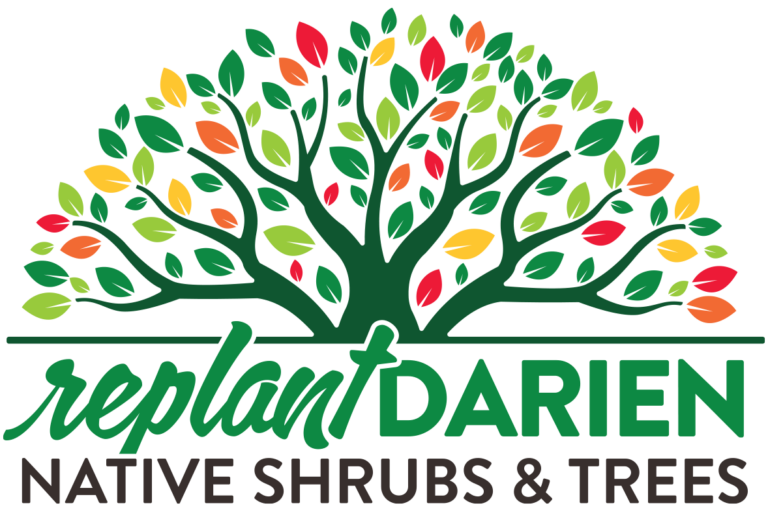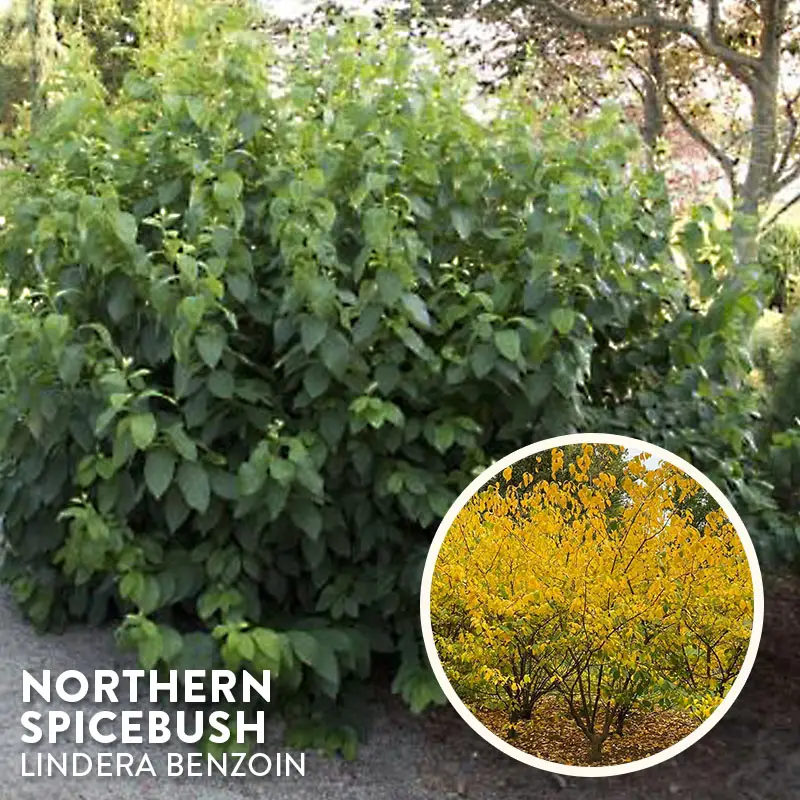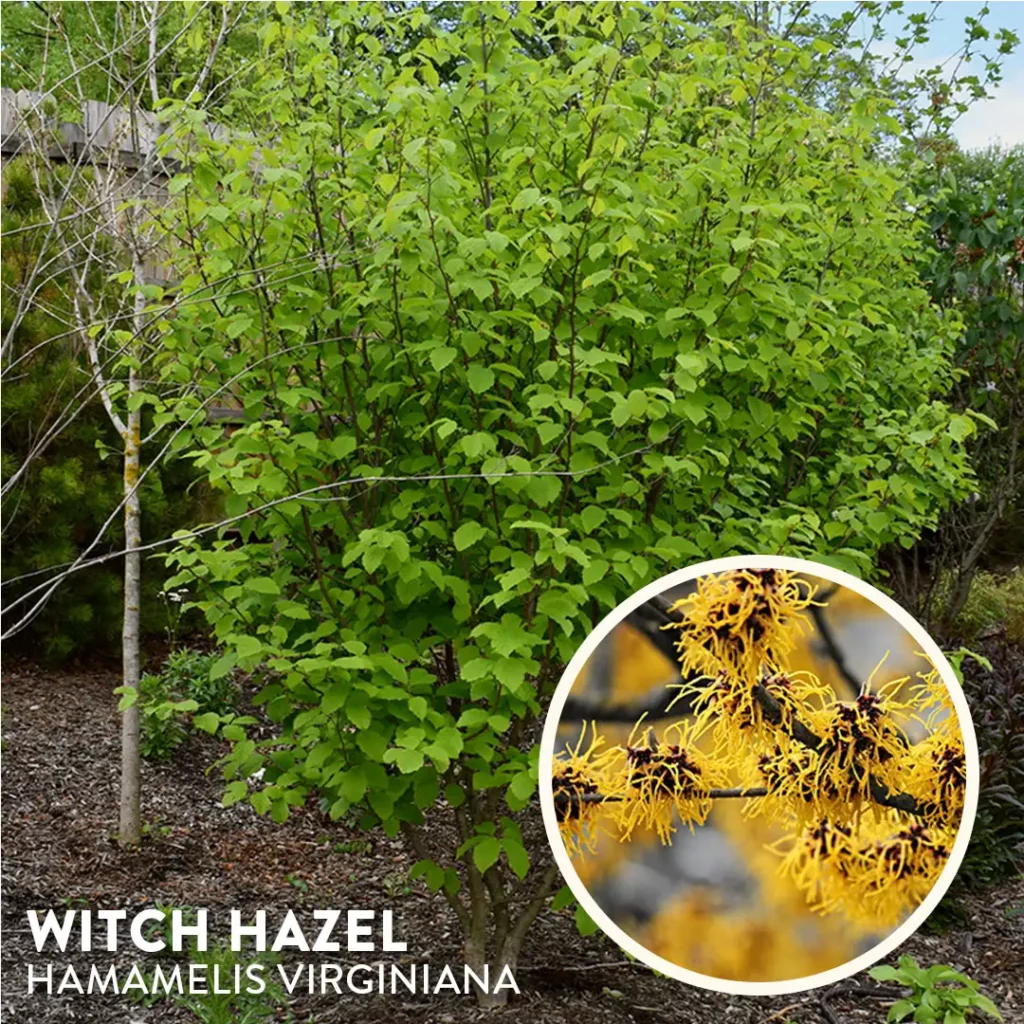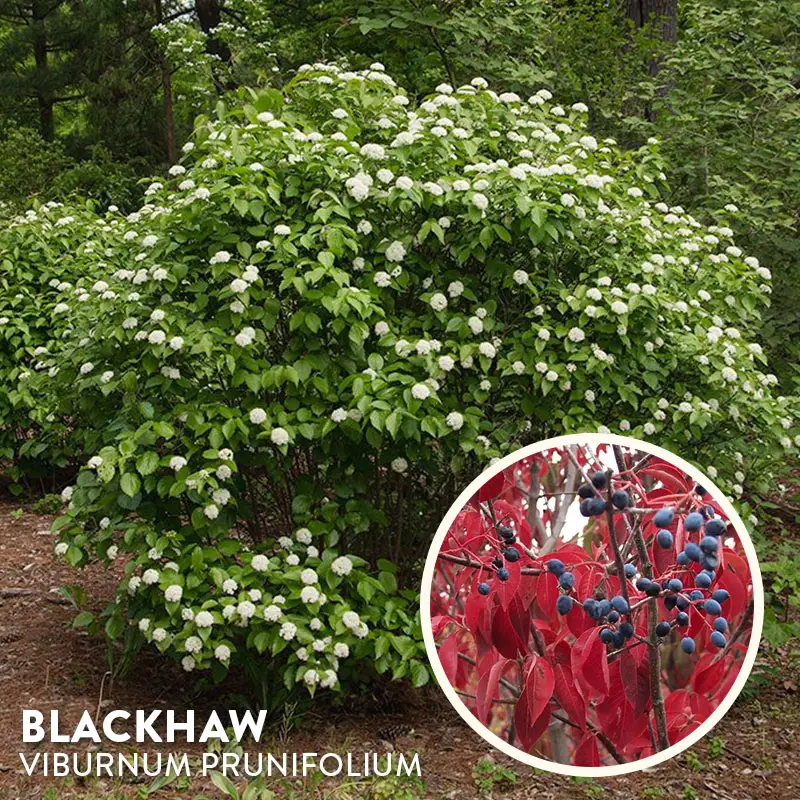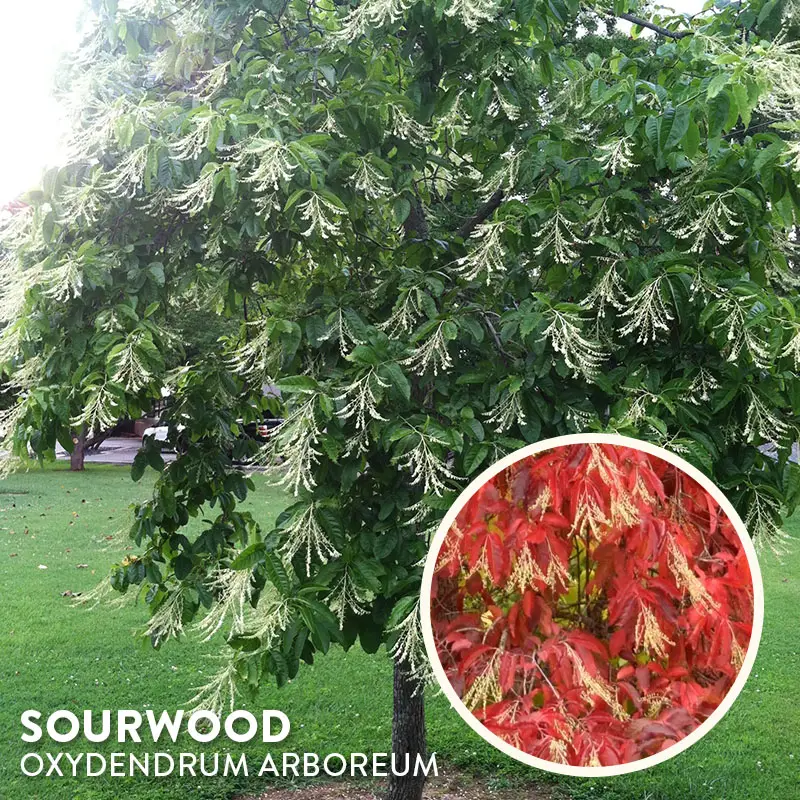Pre-Order OpenS Sept. 20 THRU Oct 6
Pre-Order NOW OPEN THRU Oct 6
PRE-ORDERS NOW CLOSED
Your pre-order will be available for pick up at The Gardener's Center October 14 thru 18.
Pre-order Native Shrubs & Trees Opens In…
- 00Days
- 00Hours
- 00Minutes
Over the last couple of years, Darien experienced the removal of many valued old-growth native trees and shrubs.
We know that this has been heartbreaking for many in our community, including us. And it wasn’t just our loss, it was a huge loss to our wildlife friends. But we’re here to help remedy this!
We’re excited to offer six gorgeous, wildlife-beneficial shrub and tree varieties in three-gallon pots.
You’ll love these for their ability to create a privacy/sound barrier, add seasonal interest, create wildlife habitat and food sources, and bring back more beloved native species.
In addition, The Gardener’s Center is donating 10 trees to the Darien Land Trust and Darien Pollinator Pathway initiative.
PLUS — We’ll match that donation (for a total of 20 trees) if you fine folks purchase 100 or more trees and shrubs (collectively).
We want to do all we can to help our community regain what was lost, and then some. Together, we can Replant Darien!
Keep scrolling to see what we have to offer during this pre-sale event (and the only time we’re offering these specimens).
Northern Spicebush
Lindera benzoin
This is a broad, rounded multi-stemmed shrub covered with fragrant yellow-green flowers in early spring. The flowers open before the leaves emerge and are held close to the branches. Aromatic light green leaves turn deep yellow-gold in fall. Birds feed on the small, brilliant red fruits formed on female plants. The larva (caterpillar) of the spicebush swallowtail butterfly feeds on the leaves.
- Grows 6- to 12-feet-tall and wide
- Native to Eastern North America from Maine to Florida
- Host plant to spicebush swallowtail and promethazine moth
- Yellow flowers in early spring are very attractive to native bees
- Yellow to orange fall foliage
Witch Hazel
Hamamelis virginiana
Need flower color in your landscape from October through December? Meet Hamamelis virginiana, also called common witch hazel, a North American native beauty that produces LOADS of bright yellow, fringe-like flowers. These nearly cover the branches during mid fall to early winter, when we need color most in the landscape. You can leave this one to grow naturally as a large shrub or remove lower branches to form an outstanding small specimen tree.
- Grows 12- to 15-feet-tall and wide
- Native to Eastern North America, from Nova Scotia, south to Florida, and west to Minnesota
- Host plant to many small moths, most notably the witch hazel dagger moth
- Yellow flowers in winter are an important pollen source to native bees
- Beautiful, yellow fall foliage
Blackhaw
Viburnum prunifolium
The Blackhaw Viburnum is a highly-attractive, native-flowering shrub or small tree. It features abundant domed clusters of pretty white flowers in late spring or early summer that are followed by clusters of numerous blue-black berries, which are irresistible to song and game birds and other mammals, including humans!
Ripe berries can be picked right off the bush and eaten fresh or used to make jams and jellies. The stems are clothed in finely-toothed leaves that emerge copper-colored in spring turning to dark green in summer, and then finally to attractive shades of red and burgundy. A site to behold in bloom and you’ll enjoy watching how it attracts birds and other wildlife!
- Grows 12- to 15-feet-tall and 6- to 12-feet-wide
- Native from Connecticut, south to North Carolina, and west to Missouri
- A host plant, pollinator and wildlife superstar
- Larval host to many species of butterflies and moths, and an important pollen source to native bees and honeybees
- Many species of birds and mammals feed on berries produced in the fall
- White flowers in April/May
- Red to purple fall foliage
Northern Red Oak
Quercus rubra
Among the fastest growing of North American native oak trees, the Northern Red Oak can add up to two feet or so in height per year. The large five- to seven-lobed wavy leaves are up to seven inches long, and are handsome throughout the year, emerging pinkish-red, turning lustrous dark green in summer, and changing to a very attractive russet-red to bright scarlet red in fall.
As is with most oak trees, the Northern Red Oak has many benefits to wildlife, supporting many species of butterflies, moths, birds and mammals. Highly adaptable to many soil types, this long-lived oak is ideal for use as a large shade tree in moist-to-dry and sunny landscape or in groupings or groves. Its tolerance of salt and air pollution makes it a good selection for more exposed areas.
- Can grow 100+ feet-tall and 30- to 50-feet-wide
- Native to Eastern North America, from Nova Scotia south through Georgia, and west to the great plains
- Host plant to over 500 species of butterflies and moths
- Acorns are an invaluable food source to many species of birds and mammals
- Red to purple fall foliage
Sweet Birch
Betula lenta
Very long-lived and one the wildlife will thank you for planting, the Sweet Birch is a large-growing North American native tree that is attractive year round.
The tree gets its common name from the sweet wintergreen fragrance given off when the leaves, twigs and bark are crushed. Growing upwards of 60 feet tall and 20 feet wide over time, it has a conical shape when young, becoming more oval to rounded with age. Its ascending branches are clothed in three- to six-inch-long, oval-shaped, glossy, light green leaves in spring that turn darker green in summer and finally to a bright golden-yellow in fall.
- Grows 50- to 60-feet-tall and 15- to 20-feet-wide
- Native from Southern Maine south through the Appalachian mountain range
- Host to many species of butterflies and moths, most notably the eastern tiger swallowtail and cecropia silk moth
- Golden yellow fall foliage
Sourwood
Oxydendrum arboreum
Truly a tree with four-season appeal, the Sourwood has lovely, lily-of-the-valley-like flowers and long-lasting fall foliage color that rivals the best of the hybrid red maples.
In late spring to mid-summer, the fragrant, bell-shaped, white flowers bloom on graceful, drooping, eight-inch-long panicles (clusters). The flowers are followed by attractive capsules that hang around to contrast beautifully with the brilliant scarlet-red to purple leaves in fall.
- Grows 20- to 30-feet-tall and 15- to 20-feet-wide
- Native to Eastern USA from Pennsylvania southwest to the gulf coast
- Most predominant in the Appalachian and Great Smoky mountain ranges
- Flowers are a favorite of both native and honeybees. Sourwood honey is highly coveted in the Appalachians.
- Fragrant white lily-of-the-valley-like flowers appear in June, long after most flowering trees have finished blooming
- Fiery red to purple fall foliage
Pre-ordering Native Shrubs & Trees Opens In…
- 00Days
- 00Hours
- 00Minutes

